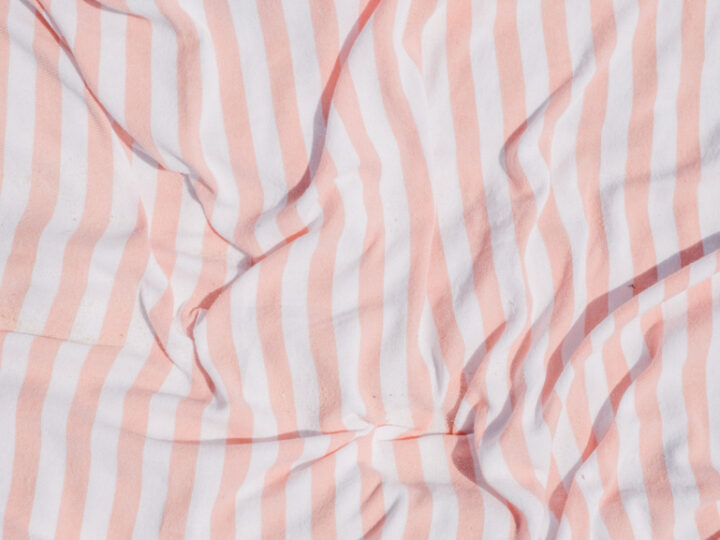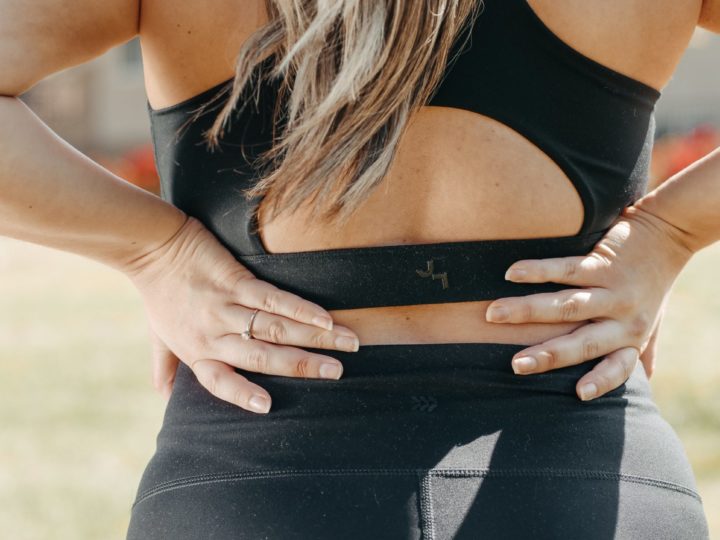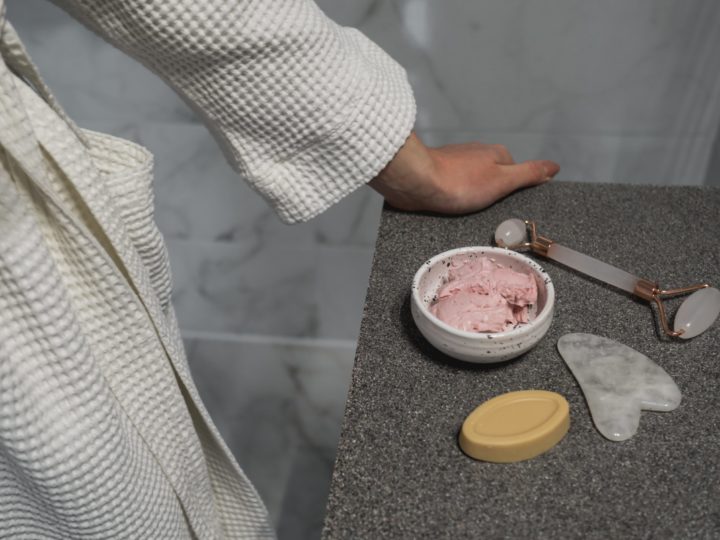CURB YOUR COFFEE HABIT
How & Why To Switch To Tea
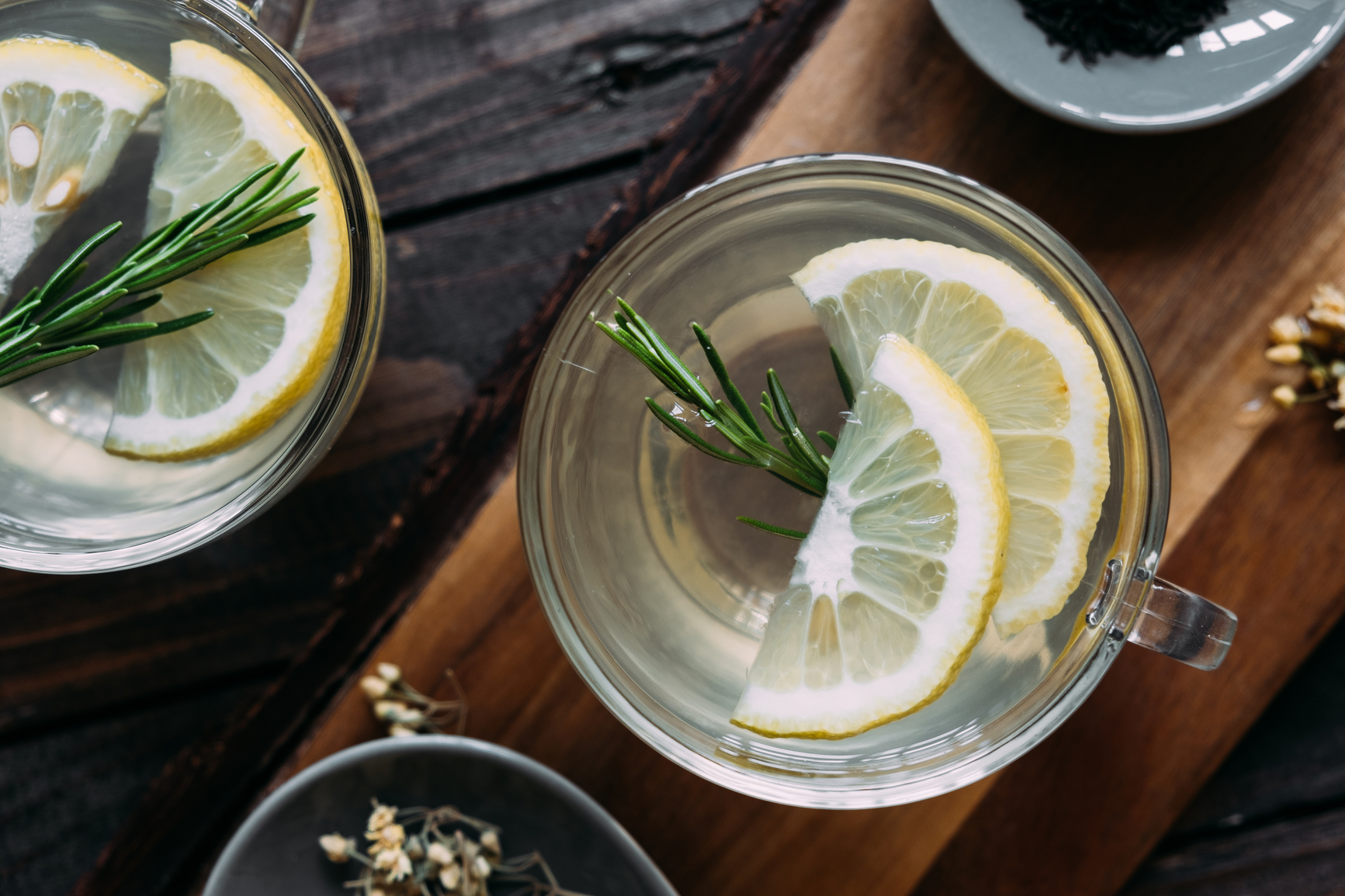
Looking for a way to can your coffee addiction? You’re not alone: Around 90 percent of Americans consume at least 300 milligrams of caffeine everyday, making it the most widespread addiction in the nation. While addiction may sound like a strong word to use when talking about coffee, the reality is your body does become dependent on it, and cutting out the habit can be tough.
Although coffee isn’t terrible for you, the majority of coffee drinkers abuse it, which can cause long-term health issues. That’s why tea is such a popular (and healthy) alternative. Read on to learn more about the health benefits of switching from coffee to tea and how you can make the transition seamlessly — without the headache.
Making the Transition from Coffee to Tea as Seamless as Possible
Many of us make the journey from coffee to tea to lower our caffeine intake; still, some of us are looking to cut out caffeine altogether.
Before you take the first step to switching to tea from coffee, figure out what your motive is. Then, follow these steps and kick java to the curb for good.
Step 1. Ease Out of Your Coffee Habit
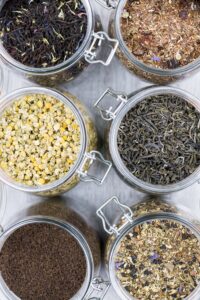 In other words, don’t quit cold turkey unless you want to deal with headaches. To make the transition as seamless as possible, it’s best to start substituting cup for cup.
In other words, don’t quit cold turkey unless you want to deal with headaches. To make the transition as seamless as possible, it’s best to start substituting cup for cup.
For example, if you have two cups a day — let’s assume one in the morning and one after lunch — swap out one of those fixes for tea. Do this for a week and, when you’re comfortable, swap out both fixes for tea.
You can even prorate your coffee-to-tea transition so that you start swapping out coffee days for tea days. That way, you’re still consuming less coffee in a week than you were before.
Then, schedule out your coffee and tea days, making a point to phase in an extra tea day every week and one less coffee day. Ultimately, though, you should listen to your body. If you feel like you’re up to cutting out coffee after making it a whole day without it, then maybe you’re ready to quit it altogether.
2. Choose Healthy, Caffeinated Tea Alternatives
If your goal is to substitute coffee for a less-caffeinated beverage, try the following:
- Yerba Mate. Yerba mate, or Ilex Paraguariensis, are naturally caffeinated leaves found in South American rainforests. They contain less caffeine than coffee but more than tea.
- Guayusa. This herbal infusion comes from leaves found in the Amazon rainforest. It’s caffeinated like coffee, but comes without the caffeine crash since it releases caffeine over a longer, prolonged period of time.
- Roasted Oolong Tea. Oolong tea contains about 10 to 60 milligrams of caffeine per cup (lower than coffee), and is said to reduce cholesterol and even prevent cancer.
- Matcha Tea. Matcha is just the powdered form of green tea leaves. It’s said to lower blood pressure, but also contains enough caffeine to give you a boost.
- Black Tea. Black tea has similar levels of caffeine to oolong tea, but is said to be a rich source of antioxidants.
If you’re looking to cut out caffeine altogether, try these alternatives instead:
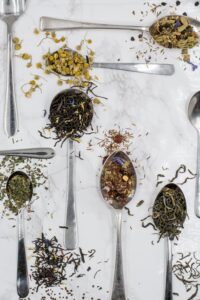 Herbal teas. The possibilities here are endless. From mint and chamomile to medicinal herbal teas, once you shift from coffee to tea, you can expand your tea horizons to include teas that offer a wide variety of health benefits. For info on how to make your own teas, read here!
Herbal teas. The possibilities here are endless. From mint and chamomile to medicinal herbal teas, once you shift from coffee to tea, you can expand your tea horizons to include teas that offer a wide variety of health benefits. For info on how to make your own teas, read here!- Wheatgrass juice. Considered a superfood, wheatgrass juice is a supplement commonly taken as a shot. Replace your morning cup of joe with wheatgrass juice and see how it makes you feel.
- Coconut water. Coconut water is sweet, rich in nutrients, and may be just the fix to replace your afternoon vanilla latte.
- Decaf tea. Most teas have decaffeinated versions you can buy. Try decaf teas if you’re looking for a true caffeine substitute that you can drink everyday.
3. Make Your Tea With the Cold Brew Method
Most teas, including green, black, and white tea, are rich in antioxidants (if you’re needing help understanding which tea is which, check out this All About Tea Blog). However, when you brew and prepare tea, you cook out a large portion of the nutrients.
To retain the antioxidants so you get the most benefit, try making cold brew tea instead. Doing so is easy, but requires some preparation. Here’s how you can make your own cold brew:
- Put your tea — either loose leaf or tea bags — in the bottom of a pitcher
- Pour room temperature water over the tea until its full
- Cover the pitcher and let it steep for 8 to 10 hours in your fridge
Voila! You’ve got your cold brew ready to take with you throughout your day. Don’t have the patience for making your own cold brew? No worries. You can also buy tea crystals, which are designed to dissolve in cold water instantly.
The Health Benefits of Cutting Out Coffee
Remember how your parents used to tell you that too much coffee can stunt your growth? Although that’s not true, they weren’t completely off. Coffee can cause long-term health issues, from as minor as staining your teeth up to causing insomnia and muscle breakdown.
That said, cutting out coffee — especially if you’re consuming more than 400 milligrams of joe a day (about four cups) — has noticeable health benefits, like:
-
- Brighter teeth: Coffee and other dark beverages (including dark teas and wine) contain tannins that stick to your teeth, leaving an unwanted yellow hue behind.
- Lower cholesterol: Coffee oils, specifically cafestol, are proven to increase “bad” cholesterol.
- Reduced Heartburn: Caffeine could cause acid reflux if you consume too much.
- Improved Sleep: Coffee contains more caffeine than tea, making it a likely suspect if you’re suffering from insomnia or have trouble falling asleep at night.
Have any more suggestions to help with switching to tea from coffee? Let us know in the comments!
Comments (0)
Leave a reply
You must be logged in to post a comment.


